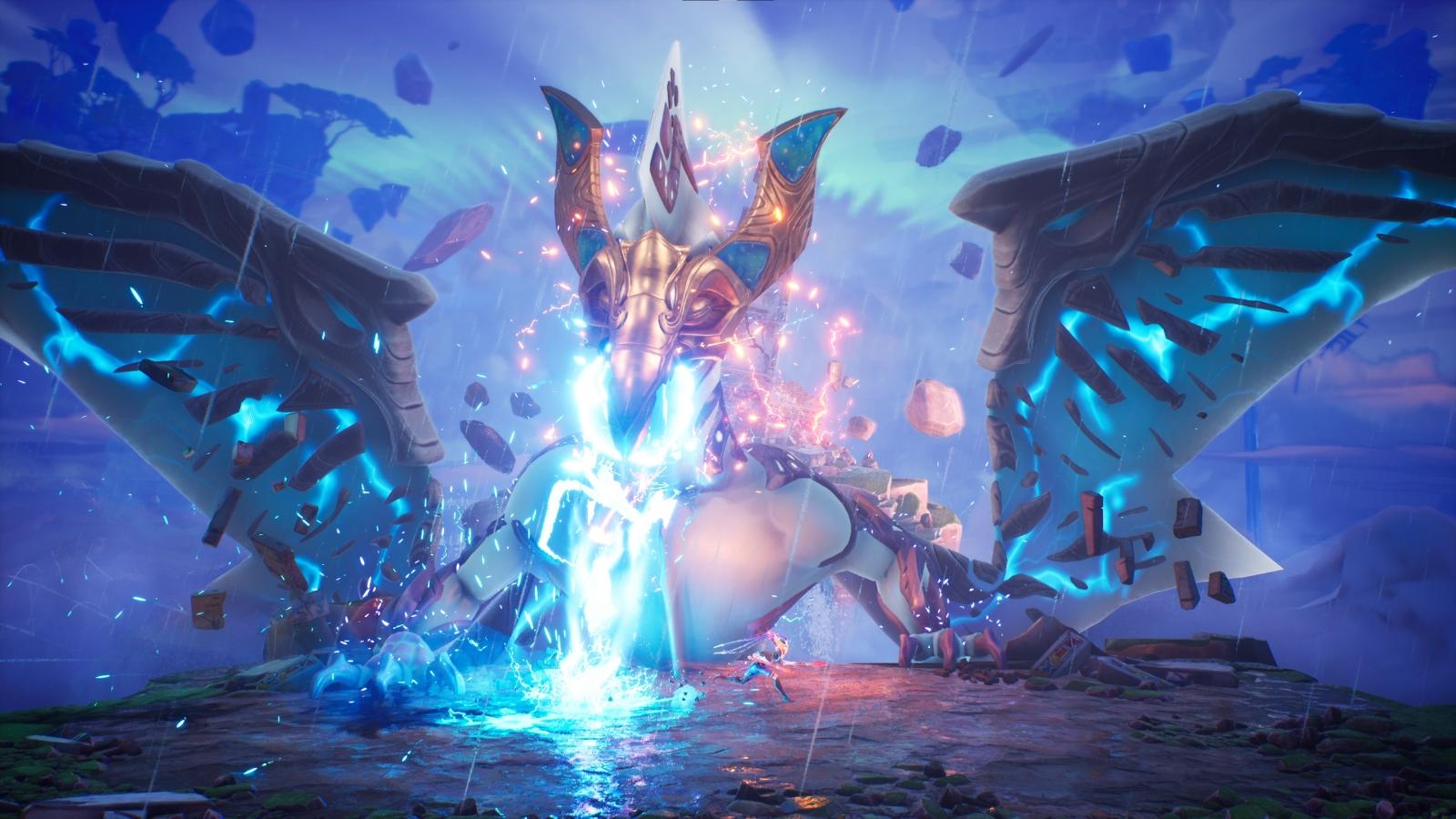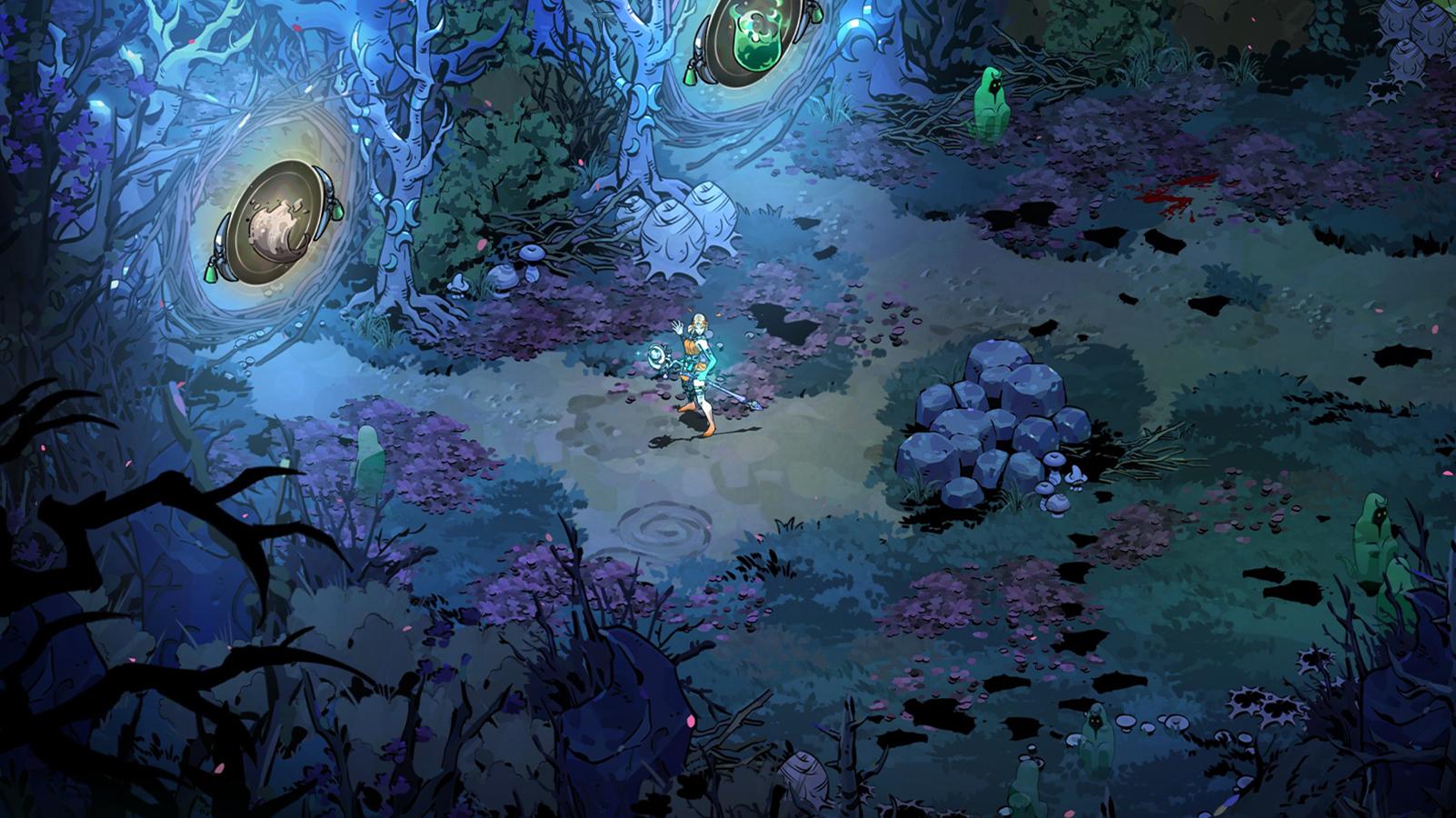Strayed Lights review – A wonderful atmosphere let down by lack of substance
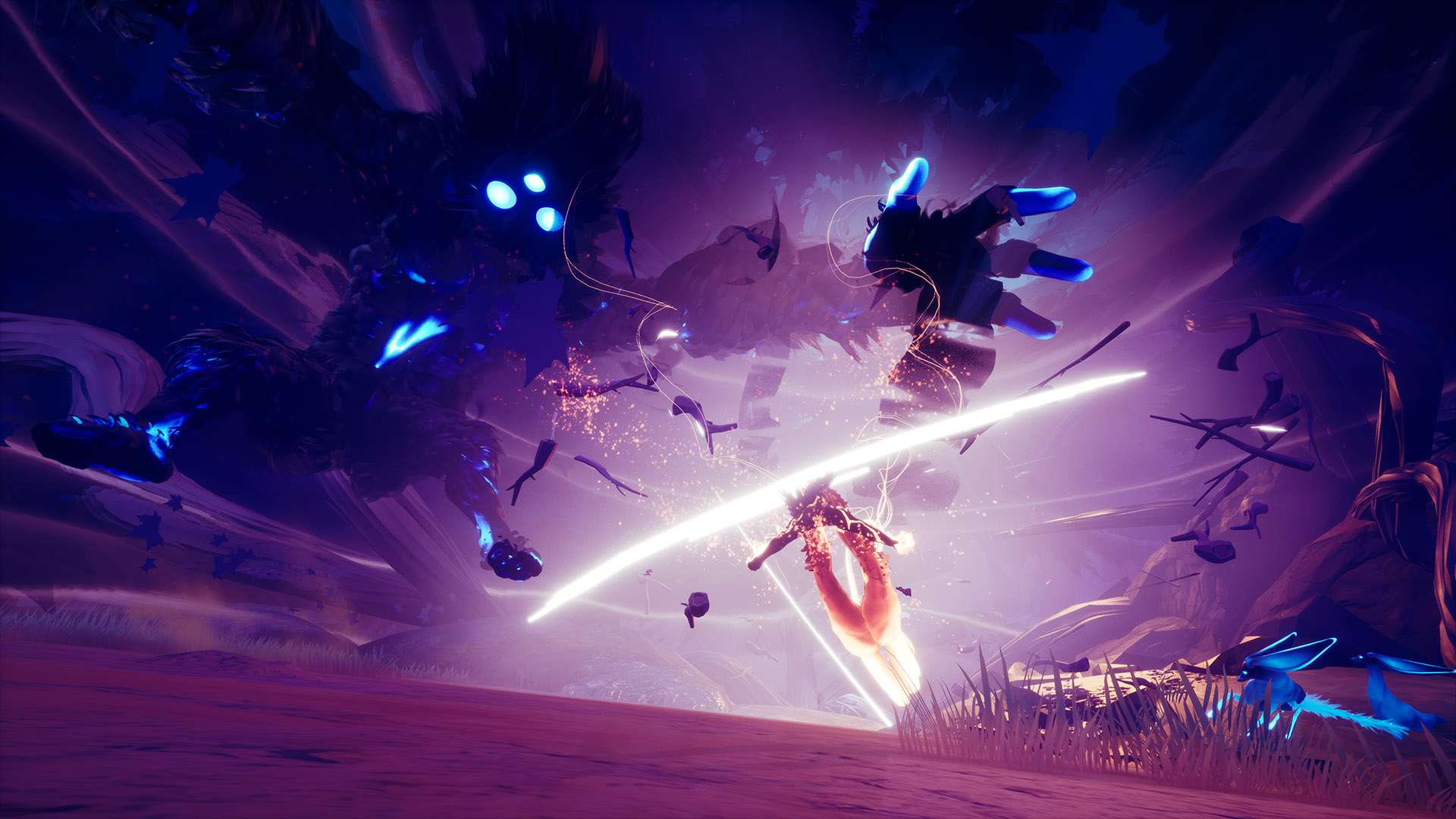 Embers Game Studios
Embers Game StudiosStrayed Lights is a wonderfully atmospheric and minimalist affair that wears its influences on its sleeve, however, it is let down by a massive lack of substance in its story.
The genre of “souls-like” has invaded the video game lexicon of late. Derived from the legendary Dark Souls trilogy and Demon Souls before it, it generally describes a game that tells its story subtly through its environment, and gameplay with an emphasis on tight controls and a high degree of difficulty.
As James Silva, dev for Salt and Sanctuary, puts it, the genre of games centers around “deliberate and meaningful exploration”. Many which have taken huge inspiration from Dark Souls, like Salt and Sanctuary itself, Hollow Knight, and Sekiro to name a few.
Now, Strayed Lights joins the mix too, having clearly been made in the vein of those genre greats. However, where similar titles tend to ruminate on the substantive topics of morality and how lands can be left to ruin through their world-building, Strayed Lights seemed to have missed the memo in that regard. While its visuals are sharp and combat is addictive, a lack of overt narrative leaves plenty to be desired.
Strayed Lights – Key Details
- Developers: Embers
- Price: 24.50 (USD) | $36.50 (AUD) | £19.50
- Release date: April 25, 2023
- Platforms: PC, Nintendo Switch, Xbox, PlayStation
Strayed Lights – Trailer
A visual feast with a captivating atmosphere
As I played the game, I couldn’t help but flip through Trent Parke’s The Crimson Line while defeating the world’s monsters, comparing the both. The colors of Strayed Light’s environment mimic the golden hour that Parke captures, bathed in deep purples, blues, and oranges.
The environment which Embers Games promotes is visually magnificent. It is at its best when we are traversing caves, ruins, and ethereal realms bathed in stunning golden-hour colors. It is all very dreamlike in nature, as we traverse the large expanse of the world, for the most part alone.
Add to it the camera angles. When traversing the ruins and caves by yourself, the camera pans out to show the sheer scale of the environment we see ourselves in, with our character usually just a small speck on the screen.
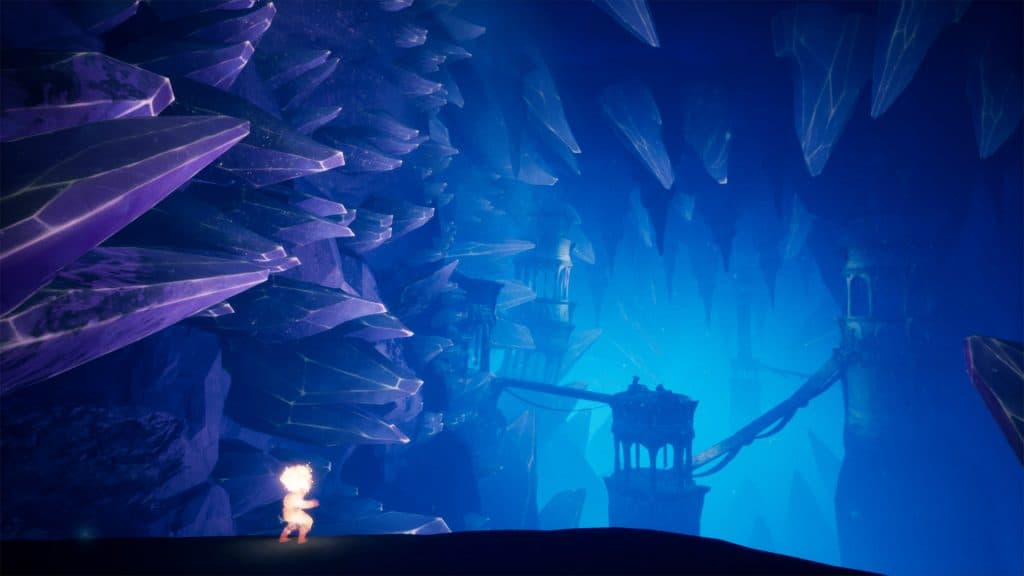 Embers Game Studios
Embers Game StudiosAnd during fights against world monsters or bosses, we see our character so visually overwhelmed by both the environments and creatures themselves, telegraphing just how big a hill each fight is for our character to overcome.
Put simply, Strayed Lights is a visually stunning game. Despite the character designs reminding me of Bionicles (and not in the best way), it is so easily forgotten as you traverse the wide open spaces bathed in some of the most beautiful golden hour light.
A challenging yet addictive combat system
Since Strayed Lights lands itself squarely in the souls-like category of games, its combat is naturally challenging. Luckily, unlike many a souls-like that can be more frustrating than challenging, Strayed Lights’ combat is uniquely addictive.
Strayed Lights utilizes a combat system that sees you mostly parrying enemies based on the colored attack they decide. You can switch between orange and blue, and parrying with the right color will see you level up your special attack bar faster.
Alternatively, you have to dodge purple-colored attacks as they cannot be parried. And weaved in between the parrying and dodging is when you strike back with your own hits.
On paper, it looks to be an extremely fussy combat system, as having to change your style of parry with one button, before actually parrying can be quite cumbersome. But in practice, it is utilized fairly well.
The parrying mechanics of Strayed Lights almost feels rhythm game-esque. At some point, when you already have a good read of what an enemy’s attack patterns are like, you realize there’s a rhythm on how to dodge a specific flurry of attacks from an enemy.
 Embers
EmbersAnd peppered in the boss fights are quick-time events to stop the loop of parrying, dodging, and attacking to feel stale.
In addition to the combat, there is an upgrade system where you can incrementally improve your skills, making it a pretty good way to progress through the game as the enemies get harder.
Overall, Strayed Lights has dodged the problems which weigh down so many mediocre souls-like titles by ensuring its combat is both refreshing and addictive in a surprising manner.
A narrative disappointment lets it down
Strayed Lights is missing a core aspect of why souls-likes work other than the beautiful visuals and challenging core gameplay loop. It’s the stories.
Souls-likes, at their best, are pieces of video game narrative excellence. The Dark Souls trilogy excelled by telling its story subtly through character interactions and environment designs, and they laid the groundwork for a whole new generation of games like it.
Strayed Lights, however, seemed to have completely missed the memo. You might find that the review so far has barely made any mention of the story so far, let alone a character name, that’s unfortunately by design, as a story is almost non-existent here.
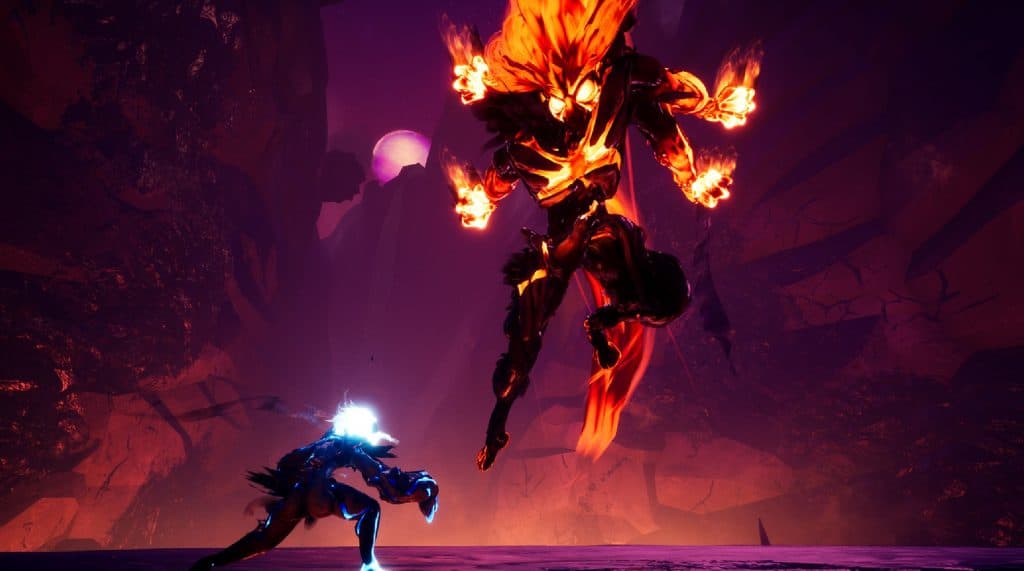 Embers
EmbersRather, what Embers decided would be best for the game is to eschew all character dialogue, or really any words for that matter, and to tell the story completely through its visuals. In this sense, it falls flat.
The story is incredibly simplistic. Our hero is awoken by a great evil, we witness the great evil destroy the world, we slowly restore the world through our main character’s powers by overcoming said evil.
It’s not as if this narrative execution can’t ever work, you can play Gris for a good example of just that. But its execution here is quite poor that at times while playing, you could be forgiven for forgetting there’s a plot somewhere behind the gameplay and stunning visuals.
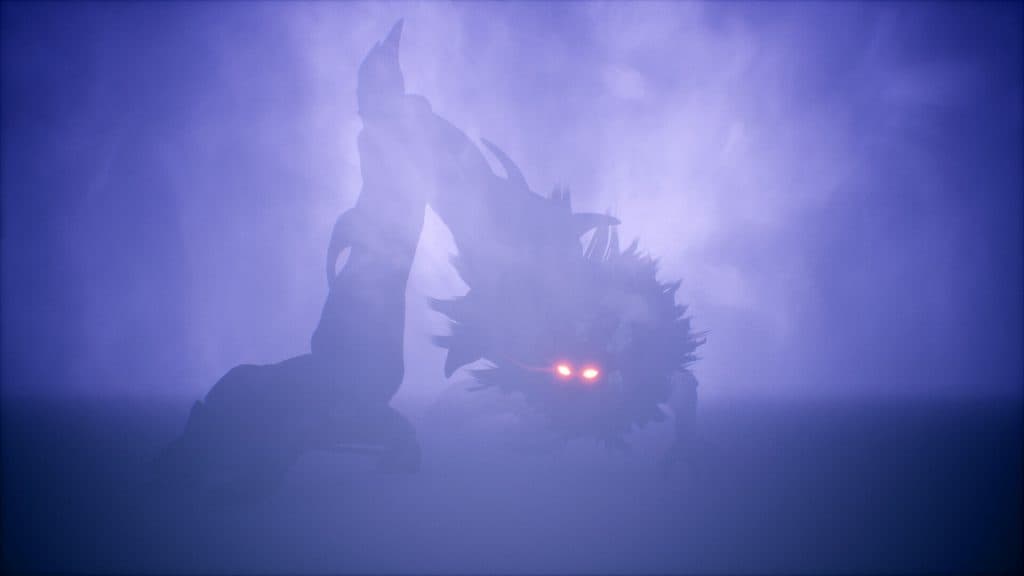 Embers Game Studio
Embers Game StudioCharacters we meet throughout the world barely give an indication of what the world is like. Nor do the monsters or environments. Rather we are left to interpret what is happening, and it’s hard to do so when there is almost nothing to interpret from.
Verdict 3/5
We so desperately wanted to like Strayed Lights even more than we did, as its visuals are stunningly beautiful, and its combat offers up a surprising and addictive twist to an incredibly saturated genre.
The game also offered up a unique minimalist take on a usually cluttered and dense design approach, making it stand out in a sea of clones.
However, Strayed Lights is so dragged down by the almost non-existent story it almost becomes quite tedious to go from area to area during its gameplay that it’s hard to find a purpose to reach the finish line after a while.

